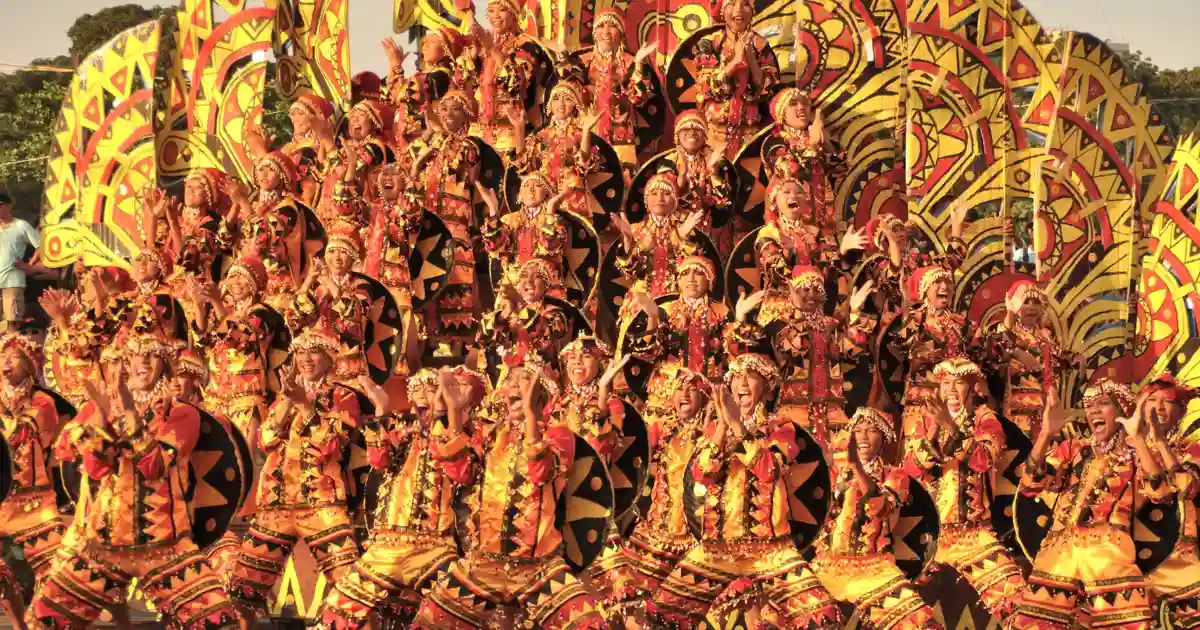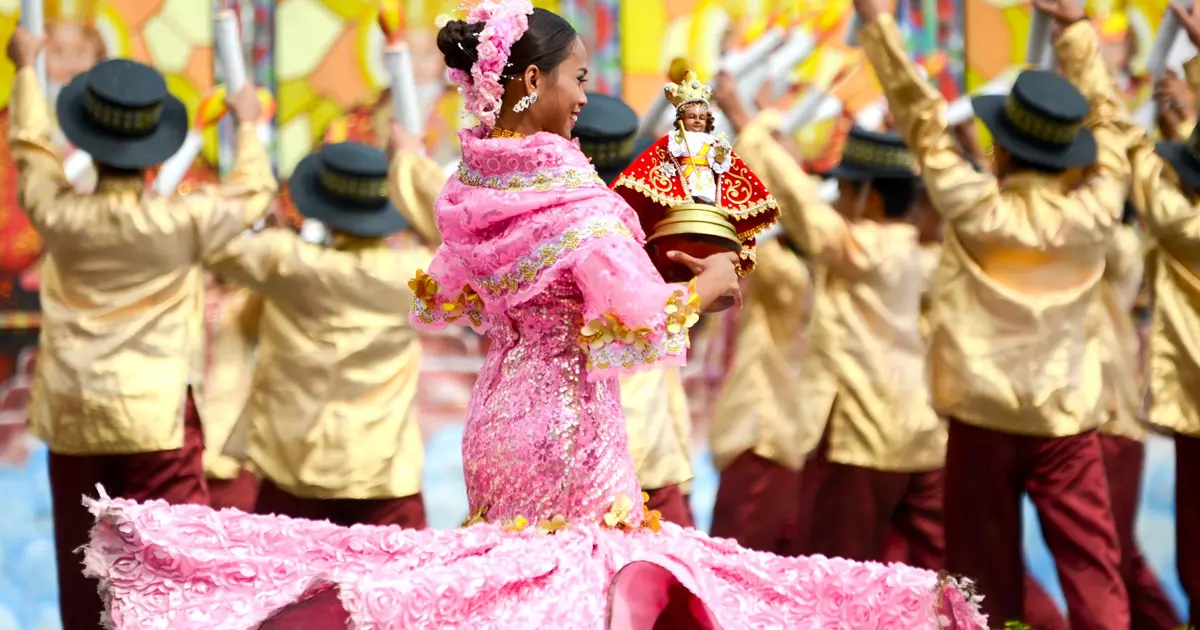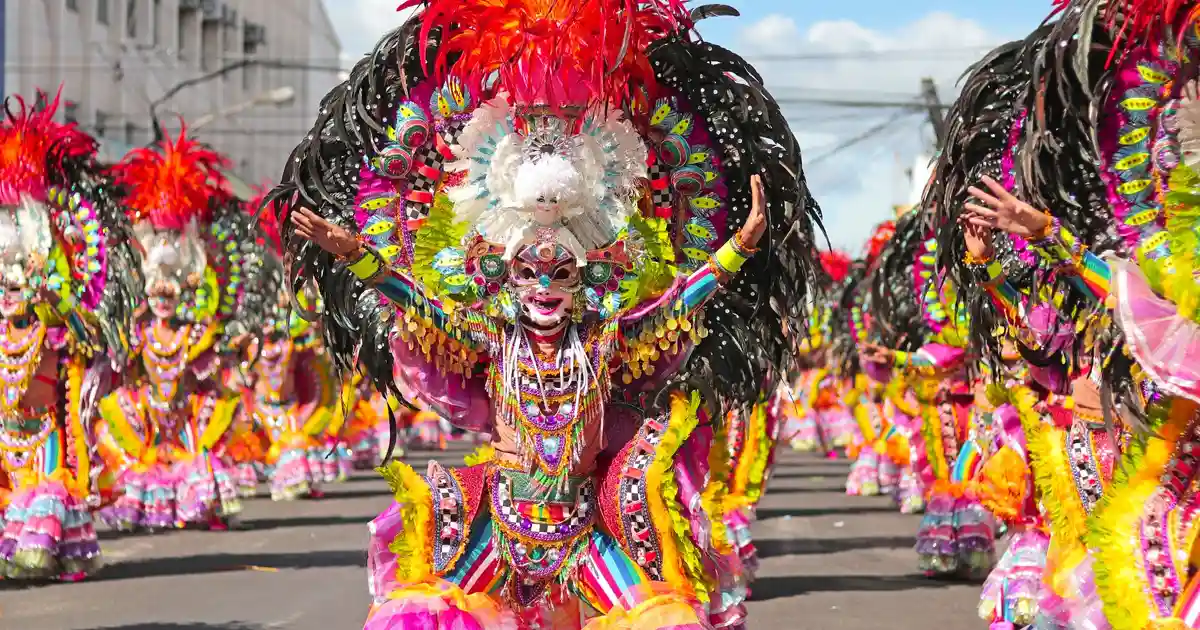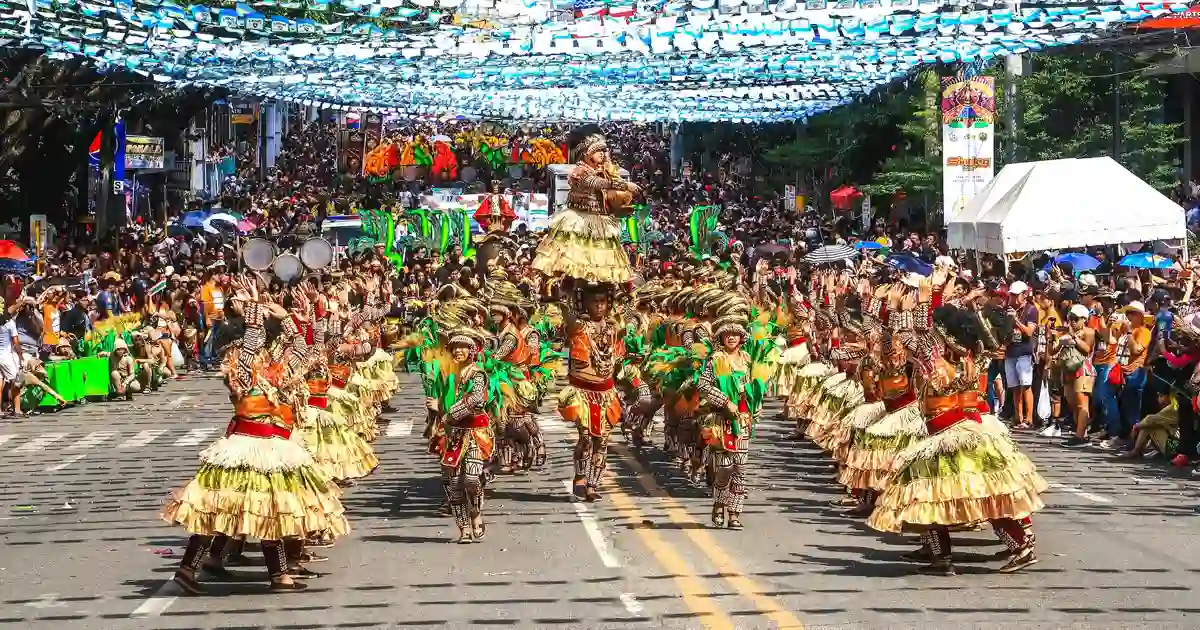
In the process of shifting from the traditional to the modern world, some parts of culture are bound to get lost or left behind.
For a country like the Philippines wherein culture is diverse across each city, it’s even more of a challenge to preserve everything the people hold dear.
But Filipinos are determined and innovative.
Apart from the usual historical documentation, they preserve their traditions and the memories of their predecessors through celebrations or fiestas (festivals).
There are over 40,000 fiestas celebrated each year, ranging from nationwide, regional, city, and village levels.
Because each Filipino fest reflects various beliefs and stories, attending them is a great way to have an overview of a certain place along with its people.
Having said that, here are the Filipino festivals that you must experience in the Philippines.
Also known as “The Mother of All Festivals.”
This is what comes to mind when people think of Sinulog, serving as a testament that it is the most popular festival in the Philippines.
Every January, Filipinos from neighboring regions as well as foreigners flock to Cebu to witness and participate in the month-long events and activities.
Aside from the festivities, the main point of Sinulog is to commemorate the people’s shift from paganism to Christianity by honoring the Santo Niño.
The Santo Niño is the Holy Child of Jesus Statue whom Magellan, a Portuguese explorer, gifted to Hara Amihan, the wife of then Cebu ruler Rajah Humabon.
After the presentation of this gift, the rulers and their 800 subjects converted to Christianity.
In reverence to the Santo Niño, people back then danced a prayer ritual that imitates the sulog (flow of water) from Cebu’s Pahina River. They then chanted the phrase “Pit Señor!” which translates to English as “Hail, Lord!”
This custom is still practiced by Filipinos today.
Aklan is mostly known for the white sand beaches of Boracay. Other than that, the province also has one of the most well-known festivities called the Ati-Atihan.
This Filipino festival dates back to 800 years.
It is in honor of a pact made between an immigrant and the natives of the island called the Atis.
It is stated in Philippine history that 10 light-skinned datus (chiefs) from Borneo landed in Panay, the island where Aklan is located, after traveling through uncharted waters trying to escape the tyrant rule of their Sultan.
As they arrived, Datu Puti traded their treasures for land. In respect to the pact made, they painted their faces black and joined the natives in singing and dancing.
As a result, part of the celebration is the act of smearing soot on your face to “be like the Aetas.”
Apart from honoring the friendship that transcended race and culture, Ati-Atihan also honors the Santo Niño after it was introduced by the Spaniards.

The Philippines is an agricultural country. Back in the day, people strongly believed in the existence of gods who ruled the skies, trees, and farmlands.
As thanksgiving for their valuable crops, Filipinos would perform various rituals to the gods.
Based on this culture, former Davao mayor Elias Lopez decided in the 1970s to hold festivals to honor the customs of different Mindanao tribes. Then, in 1986, a unified festival called Apo Duwaling was created to provide ethnic minorities a stage to publicly showcase their rituals.
The Filipino street festival was then rebranded as Kadayawan after the declaration of then-Davao mayor and former President Rodrigo Duterte.
Also known as “The City of Smiles.”
That is the title used to refer to Bacolod City. Although the locals are as cheerful as they say, the name pertains to the city’s Masskara Festival.
Unlike other celebrations in the Philippines, Masskara is not held as a means to reminisce about the joys and blessings of the past.
It is held to look back at the economic tragedy caused by a sugar industry crisis and the deaths of Bacolod’s wealthiest families in the sinking of MV Don Juan.
Although what happened was unfortunate, the local government at the time gathered together the villagers and held a festival of smiles, highlighting the people’s resiliency after the tragedy instead of their sorrows.
As if to cover their faces of grief, Bacolodnons wore colorful, smiling masks and paraded the streets.
In the Philippines, lechon or a whole roasted pig is considered a rich man’s food.
This is why it’s only on the dinner table during big events like birthdays, weddings, and graduations, or on a Philippine fiesta at the village level. Even then, only families who have the means to afford it can get a taste.
For the working class of what used to be the poor and depressed city of Balayan, being able to afford the dish is a blessing.
As part of this Filipino food festival, they would parade the lechon in the plaza during the feast day of Saint John the Baptist.

Filipino festivals are celebrated differently. However, there are common activities that serve as a cultural bridge between citizens of various localities.
Here’s what to expect at your first Philippines fest.
As the Philippines is a predominantly Catholic country, Filipino celebrations are always preceded by a Holy Mass.
Usually held in the city’s central church, local government officials, organizers, and other mass-goers pray for the success of the event.
For Filipinos, dancing has been a part of their lives since the early days.
They dance to give thanks, socialize, pray for blessings, and even grieve.
Because of this, street performances are a common sight during a Filipino fest.
Colorful costumes adorn the bodies of the dancers. Moreover, you will notice that rather than the usual hip-hop dance moves, Filipino street dancers mimic the way of nature or re-enact a historical event.
The point of festivals is to commemorate the locals’ universal experience, which is why events and activities are made for them to bond.
For Filipinos, they foster this sense of community through the making of parade floats, which they will then take around town for everyone to see.
In some festivals, especially religious-related celebrations, rather than floats, they parade a statue of the saint being honored.

Filipinos are avid fans of pageantry and are well-known for their skill in making their beauty shine onstage.
Their love for glittering gowns and the runway spotlight can be seen in how they hold a pageant at every festival celebration.
To incorporate the festival theme, you can expect to see participants wearing costumes that reflect the locality’s traditions, best places, and best products.
The Philippines is among the top tourist destinations in Asia.
One reason for this is the colorful and fun-filled festivals celebrated all over the country.
To cater to the number of foreigners who go to experience the festivals, local government units set up exhibits and trade fairs that showcase a town’s best products, such as textiles, food, and drinks.

Some people go to Sinulog, Ati-Atihan, Kadayawan, Masskara, or the Lechon festival for colorful social media photos, parties, and different forms of entertainment.
But other than its grand events and activities, Filipino festivals are a reflection of the local culture.
If you want to get to know a town and its people, go to any of the festivals on the list.
Witness how their tradition comes alive in their costumes, dances, parades, and other forms of celebration.







